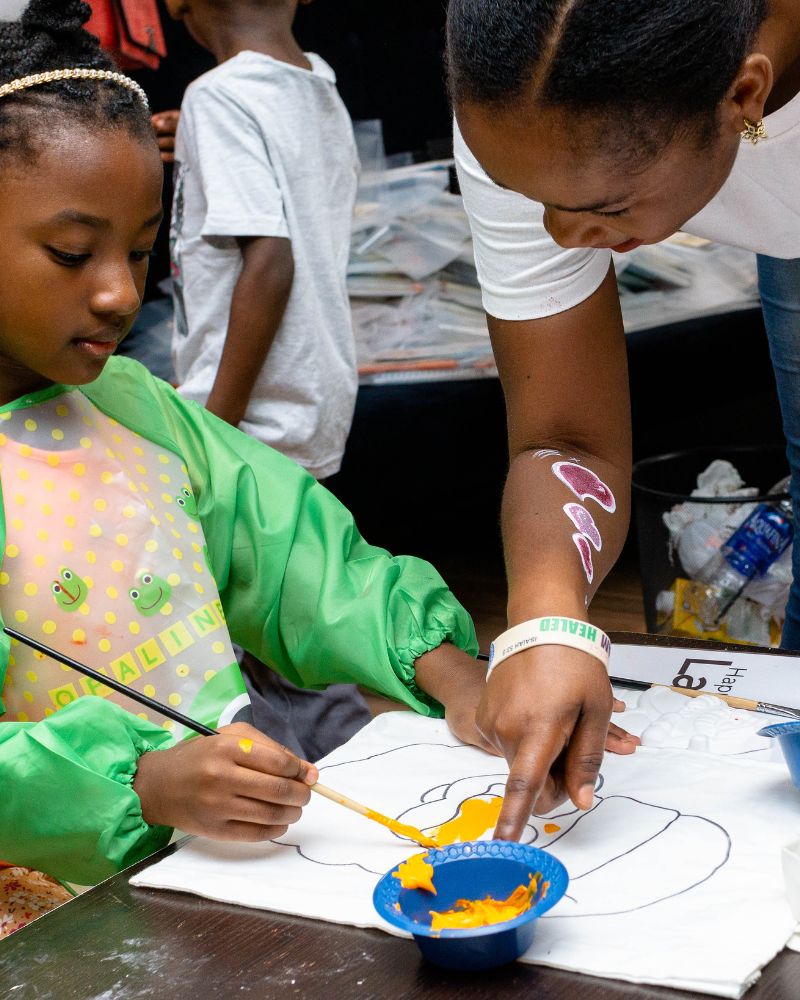7 Ways Visuals Enhances Communication and Promotes Understanding
In a world where information overload is common, visuals cut through the noise and leave a lasting impact. They enhance communication by making it more engaging, memorable, and accessible to a wider audience. So, let’s embrace the power of visuals to create meaningful connections, foster understanding, and enhance our ability to communicate effectively.
- Universal Language: Visuals have a universal language that can be understood across cultures and languages. They have the ability to convey meaning and evoke emotions, allowing people from diverse backgrounds to connect and understand each other.
- Simplifying Complexity: Visuals simplify complex information by breaking it down into digestible and easily understandable components. They help to distill intricate concepts into clear and concise visuals, making it easier for people to grasp and retain information.
- Enhancing Memory: Visuals are more memorable than plain text. When information is presented visually, it stimulates multiple senses and engages the brain in a more holistic manner. This helps in better retention and recall of the information over time.
- Supporting Comprehension: Visuals provide visual cues and context that aid in comprehension. They can help clarify abstract concepts, demonstrate relationships, and provide visual examples that make the content more readable and understandable.
- Stimulating Engagement: Visuals captivate and engage the audience, drawing their attention and fostering active participation. They create a visual interest that encourages people to delve deeper into the content, leading to improved comprehension and understanding.
- Evoking Emotions: Visuals have the power to evoke emotions and create a strong emotional connection. They can convey feelings, sentiments, and experiences in a way that words alone cannot express, leading to a deeper understanding and connection between the communicator and the audience.
- Facilitating Visual Thinking: Visuals encourage visual thinking, which involves processing information and solving problems using mental imagery and visual representation. This mode of thinking enhances creativity, critical thinking, and problem-solving skills.







